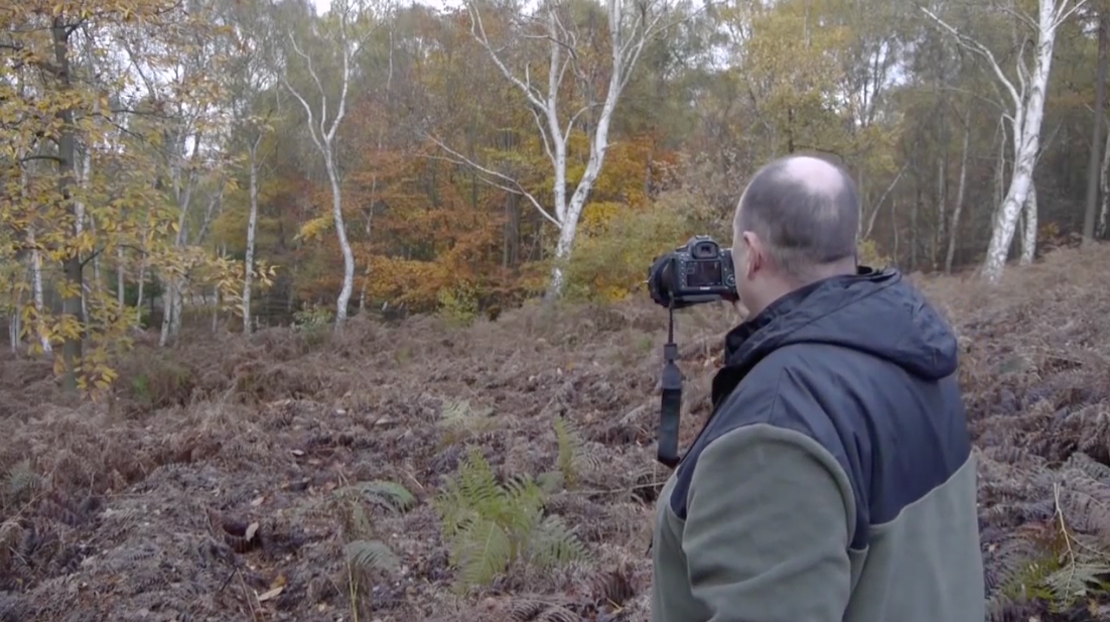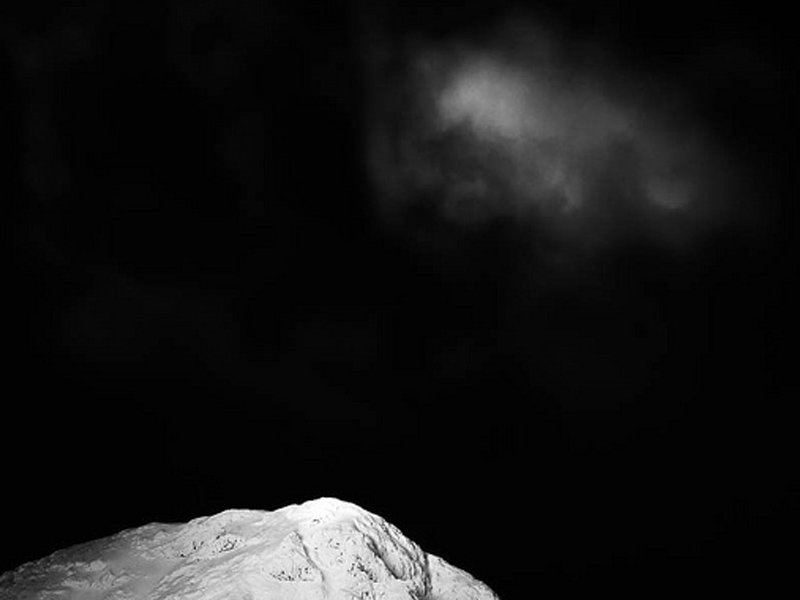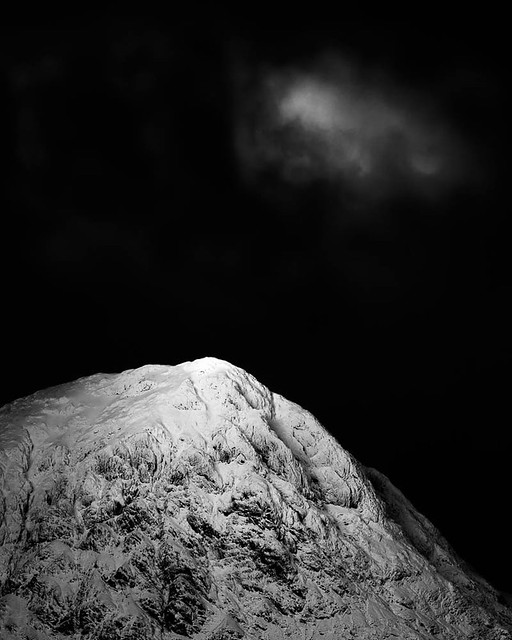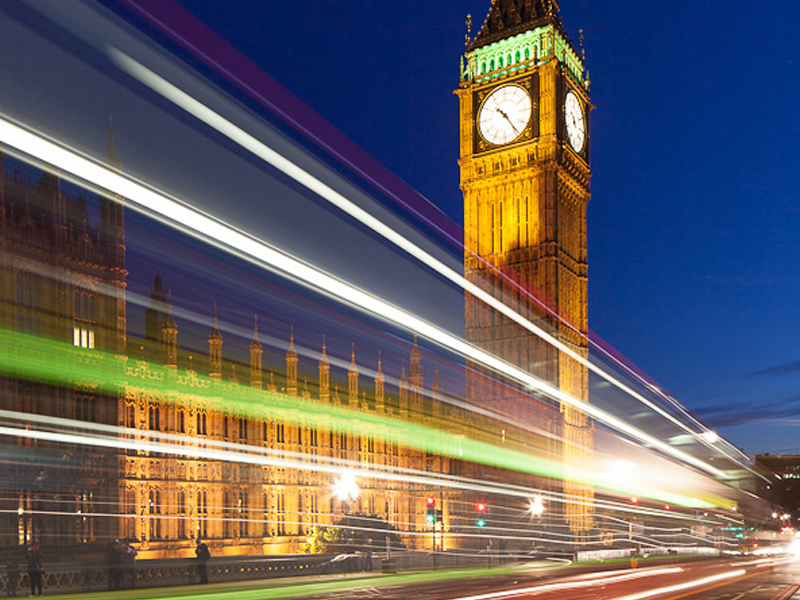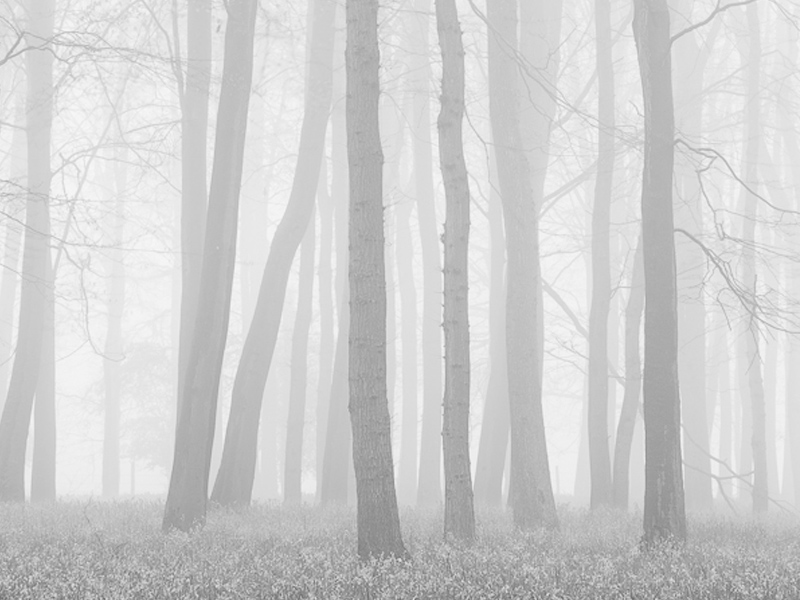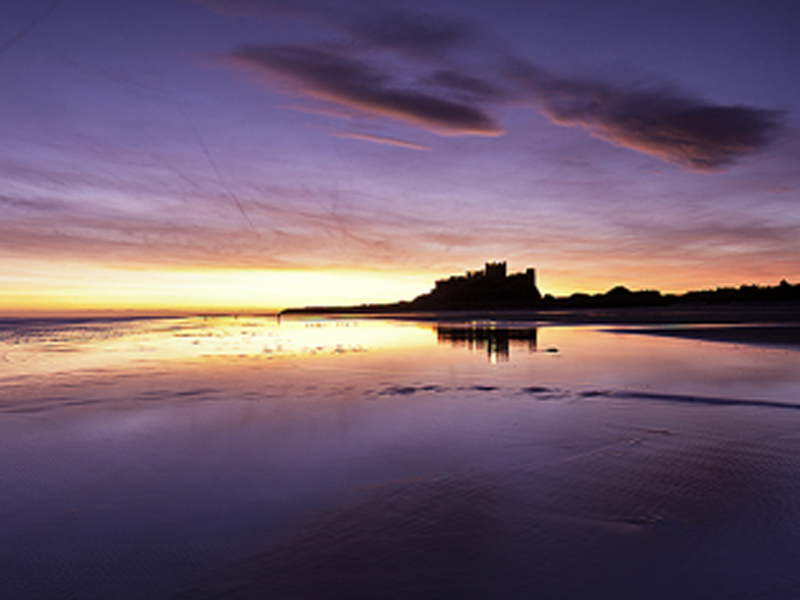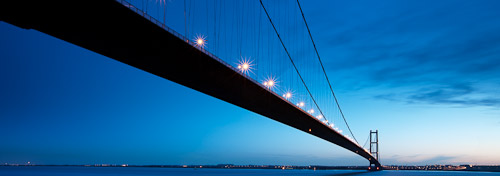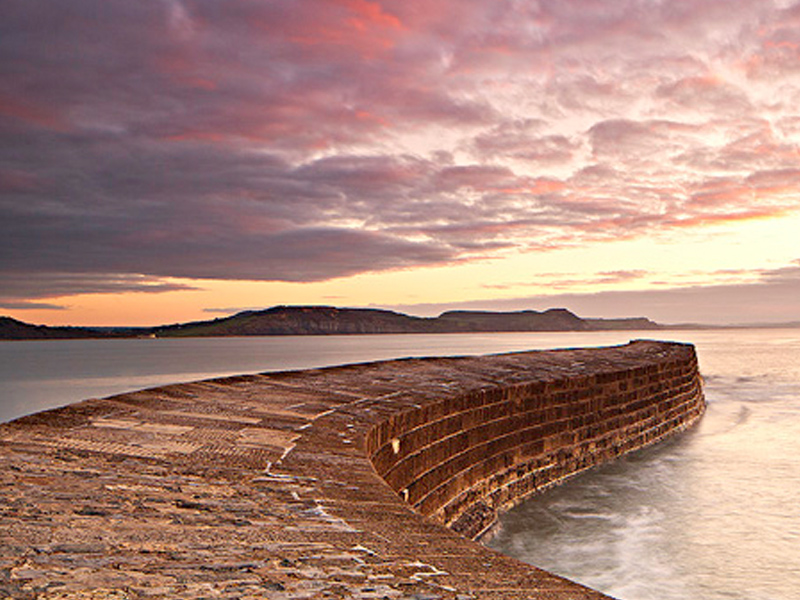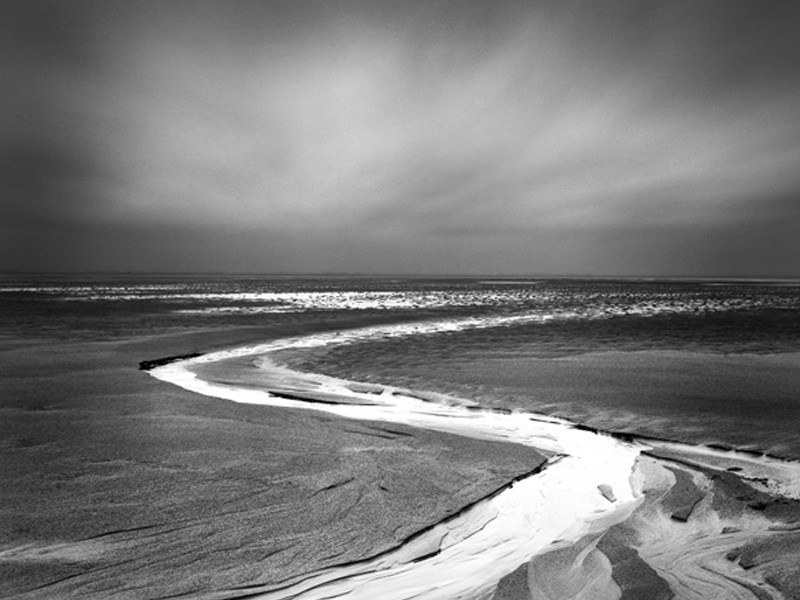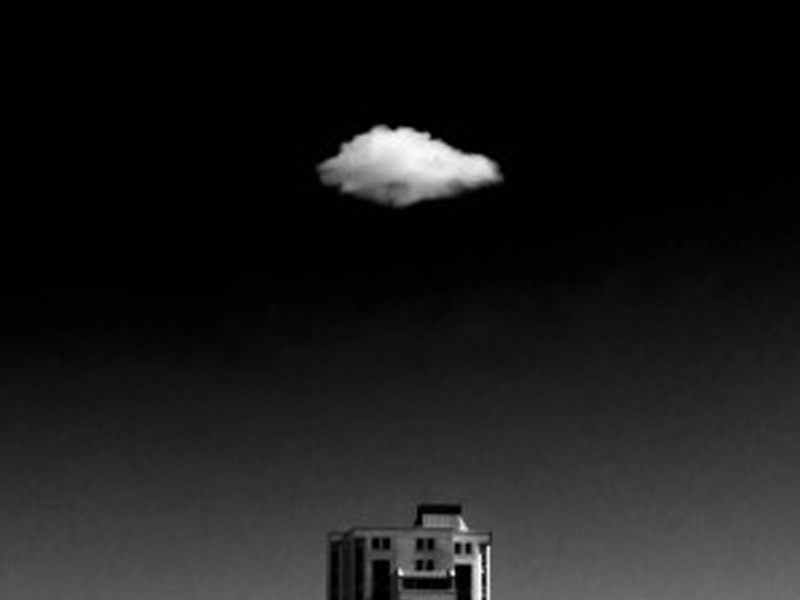Landscape photographers fall into two camps. Those who like to get things ‘right’ in camera and, so, use filters to balance exposures, and those who prefer to make two or more exposures on location and then blend them together back in the digital darkroom.
Some will insist one way is ‘correct’ or better than the other but in reality, it’s just a personal choice. I use both methods. When the contrast in brightness between the sky and foreground is really high then I will use the blending option. If the contrast is more manageable, then I prefer to use filters.
I often get asked which filters to buy to get started in using them so I thought a post on what I would suggest might be useful. Filter systems are not cheap so it’s important to make an informed choice and not to buy items you probably won’t need.
The first choice is which system to invest in. This is down to money and is also influenced by how much of your photography is landscape based. If you are only an occasional landscaper (especially if funds are tight) then investing in the best system might not be worthwhile. Even if you do a lot of landscape work, if funds don’t allow, you might not be able to buy the best but you may still be able to afford a mid priced system which will give you acceptable results.
The system I would strongly recommend avoiding is Cokin. They a very competitively priced and this makes them a tempting option. Please resist unless you absolutley can’t afford/bear to wait and save up for a better system. The filter holders are poorly designed, but, worse still, the filters will create horrible colour casts on your images which you won’t be able to correct in software. Most photographers who do buy into Cokin usually end up ruining so many precious images they sell up and get something better.
The next system which is an improvement over Cokin and is thus a possible option for the occasional landscaper or those on a budget, are High Tech. This newish brand is readily available on EBay and elsewhere, and is priced well. The filters fit the Lee system holders although they have their own holder available too. The downside? Some of the filters still give colour casts, but nothing as bad as Cokin. Optically they are not as pure as the Lee system. It’s always good to realise that our lenses are only as good as the cheapest piece of glass in the system. So if we have invested in some nice Canon or Zeiss lenses, putting cheap filters in front of them makes them much poorer. We might as well have bought cheaper lenses.
This is the reason I don’t have UV filters ‘protecting’ my lenses. Even if you buy the ‘pro’ range filters the glass is unlikely to be as good as the glass used on lenses such as those in the Canon L range. To protect my lenses I use a lens cap. Then I am getting the top performance from my glass. An additional benefit in not fitting UV filters is the reduced chance of vignetting with wide angle lenses when adding your filter system on the front of the lens.
The filter system I use and always recommend (even if it means going without them for a while, while you save up for them) is Lee. They are the best filters available. Lee have very tight quality control and each filter is individually hand made and checked. The process is very labor intensive, they even pour the resin themselves. Lee neutral density filters are truly neutral. No colour casts at all with Lee.
This explains the cost. Getting set up with the Lee system is going to cost you around £300 to £500, depending on what you buy. However, they will last you for many years (or life if you take great care of them) and will fit any future cameras of lenses you buy.
So, what do you need. I will describe the most basic system first. This can be expanded piece by piece as you find what will be of most use to you. Just about everything is available as an individual item so you can build on your starter kit gradually.
The first essential is the adaptor rings. These are bought to fit the diameter of your lens or lenses. If you have a 77mm diameter lens, you have to have a 77mm adaptor ring. These aren’t cheap at £30 to £40 each. Lee used to make two types, standard for non-wide lenses and wide angle (for wide angle lenses, funnily enough). I believe they have now decided to rationalise to just wide angle adapters, which fit all lens types and will help eliminate vignetting. I have one permanently fitted to each of my lenses that I use my filters on, so that I don’t have to keep fitting and removing them. I then use the white lens caps Lee make (a pack of three caps is about £7) and these fit onto the adapter ring, protecting the lens. I then write the type of lens on the front of the lens cap so I can see at a glance which lens is which when I open my camera bag.
The next essential item is the filter holder which clips on to the adapter ring and holds the filters in position, allowing you to slide the filters up and down to position graduations correctly. You can buy these individually but if you are just starting out it is more economical to buy Lees “Digital Starter Kit“. This will give you a filter holder with two slots in, a two stop hard graduated neutral density filter and a two stop Pro-Glass full neutral density filter as well as a lens cloth. All of these items are essentials and the kit gives you a cost saving over buying each item individually.
A good alternative to this is to buy the starter kit Lee produce exclusively for David Noton. It contains the adaptor ring as part of the kit (you select the kit with the adaptor ring you need for your main lens. The only issue has been availability and at the time of writing (19.10.12) they don’t have kits in stock. If it is available it might be a good option for you.
You now have enough to make a start in using filters but you will soon find the limitations of the starter kit. Your next addition will be a three stop neutral density graduated filters for higher contrast scenes. These can also be ‘stacked’ with your two stop grad to give you five stops, but this is rarely needed and if you do need this much filtration I would strongly considering making multiple exposures and blending them in Photoshop rather than using too many ND grads stacked up.
The question I am always asked is ‘should I go for hard or soft grads?” you will notice Lee give you a hard grad in the starter kit. This is because, in reality, the hard grads have quite a soft enough graduation when using digital SLR’s due to the sensor size. The filters were originally designed for medium format cameras and so the soft grads are very softly graduated on a DSLR. So if you are going for one type, go for hard.
Having said that, I carry both. I use hards mostly these days but if I have a scene with lots of things intruding into the sky (like trees, hills etc), it is sometimes best to use softs to really blur the change from the neutral density effect to the clear part of the filter. I would avoid using soft grads at the coast or anywhere you have a level distinct horizon as the graduated area will make the foreground a bit too dark. (a tip when positioning your grads is to hold in the depth of field preview button as you slide it into position. This will make sure the positioning is spot on as you will be seeing the shot as the lens will capture it
Do you need one stop graduated filters? If you want to perfectly balance some exposures, yes. But this is my least used filter and if you need to save cash you can do without it. Some times you may need to use the graduated filter tool in Lightroom later to adjust the exposure of the sky if the two stop filter was a it too strong but this is easily done.
The next filters I would add are the three and ten stop full neutral density filters. The three stop is very useful, as is the two stop you got in the digital starter kit. For extending exposures. They will enable you to make light trail images, to blur waterfalls, create blur effects in breezy woodlands and a host of other great effects.
The ten stop filter, named by Lee the “Big Stopper“, is a tool I use a lot. They will enable you to extend exposures to several minutes to produce the minimal, ethereal shots which have become so popular in recent years (although they are becoming. bit of a photographic cliche). They enable me to make striking images outside of the golden hours when I wouldn’t have been shooting in times past due to the quality of the light.
You need to be aware that although they are thought of as ten stop filters it is impossible for Lee to control the manufacturing process that accurately. So your filter could be anything from about 9.25 to 11 stops in strength. This explains why your exposure times in identical conditions to a friend working beside you with a Big Stopper using identical settings can be quite different. A stop difference in filter strength can mean a two minute exposure for one person and the other needs four minutes to get the same exposure result. Please also note that Big Stoppers are very fragile, made of glass. I am on my fourth! Not a cheap thing to break at around £110 each.
The final filter to add to your arsenal is a polariser. In the Lee system this means buying another adaptor ring which screws on the front of your filter holder. This allows the polariser to be fitted on the outermost position of your stack which is important as it needs to be rotated to get the polarising effect. The adapter ring is another £30 to £40 but his pales into insignificance when you realise the filter is over £200. It is 110mm in diameter which reduces vignetting. It also means you can use one polariser with every lens you have to which you can fit your Lee system. The quality of the filter is very good.too, but nonetheless it’s an expensive item – but one I feel is essential (and I write as someone who has lost one on a mountainside and had to bite the bullet and buy a replacement.) the effect of the polariser is something that no software can replicate and will transform the quality of many images.
A slightly cheaper alternative is to buy a B&W 110mm LINEAR polariser. For digital cameras we should use a CIRCULAR polariser. This doesn’t describe the shape, it describes the way the glass is treated. Linear polarisers are of a older design and can affect the auto focusing of lenses. The lens may not be able to auto focus. I always focus manually so I was able to buy one of these and save myself about £50. Don’t buy one if you might need to auto focus with the filter fitted. The B&W filter fits the Lee holder ring.
The Lee filter holder comes with two slots so you can stack two filters. A useful and low cost improvement of the holder is to buy an extension kit which enables you to dissemble the holder and add one or two more slots. This allows more options for stacking filters. I have three slots in mine which is generally enough.
I also use the Lee filter cloths, they are very good quality and wash beautifully. I keep my filters in the three slot soft filter wraps from Lee and then have a three section Lee pouch. One slot has my hard grad filter wrap, the second my soft grad wrap and the final slot holds my wrap with my two, three and Big Stopper ND filters. I write on the wraps what each wrap holds so I can grab the right one quickly.
Lee do sell filter cleaning fluid which is fine. I, however, buy my cleaning fluid for my filters and lenses from Specsavers. They sell a 250ml bottle for about £3 (compare that with around £5 to £7 or more for the ‘proper’ cleaning fluid sold by lens and filter manufacturers) and I can’t tell any difference from the ‘proper’ fluids. They also sell a pump bottle with about 50ml which I refill from the big bottle and carry with me in my bag for lens and filter cleaning in the field. It works beautifully. I am sure some optical engineer will email me about particulate size or some technical reason I should use the over priced fluid from manufacturers but I would take some persuading to change.
That pretty much covers what you need to get set up with Lee filters. The cost is high, but the results justify this. I hope this helps you get set up. All you need now is one of my workshops to show you how to get the best from them 🙂
If you buy items using the links in this post I will receive a small referral fee but you will not pay more. This helps me in my business and is much appreciated.
